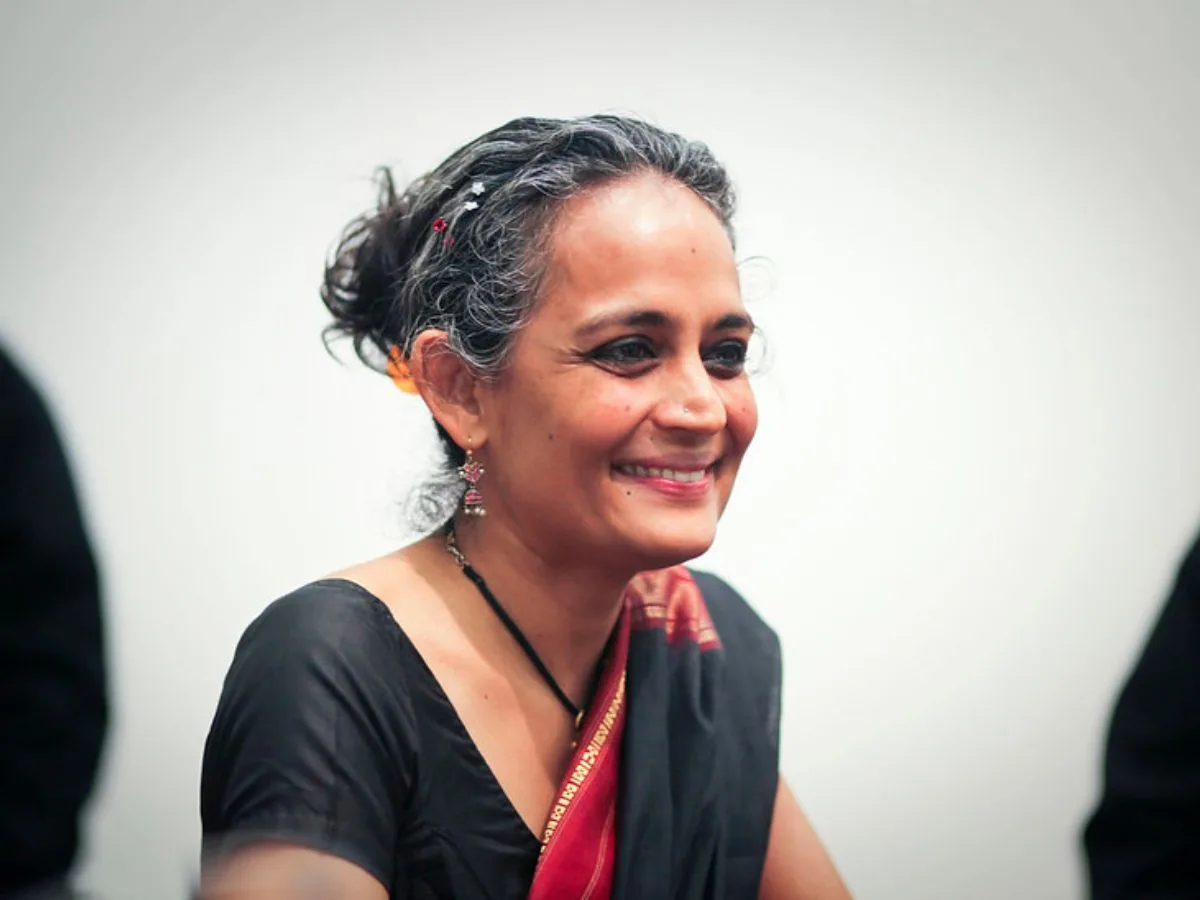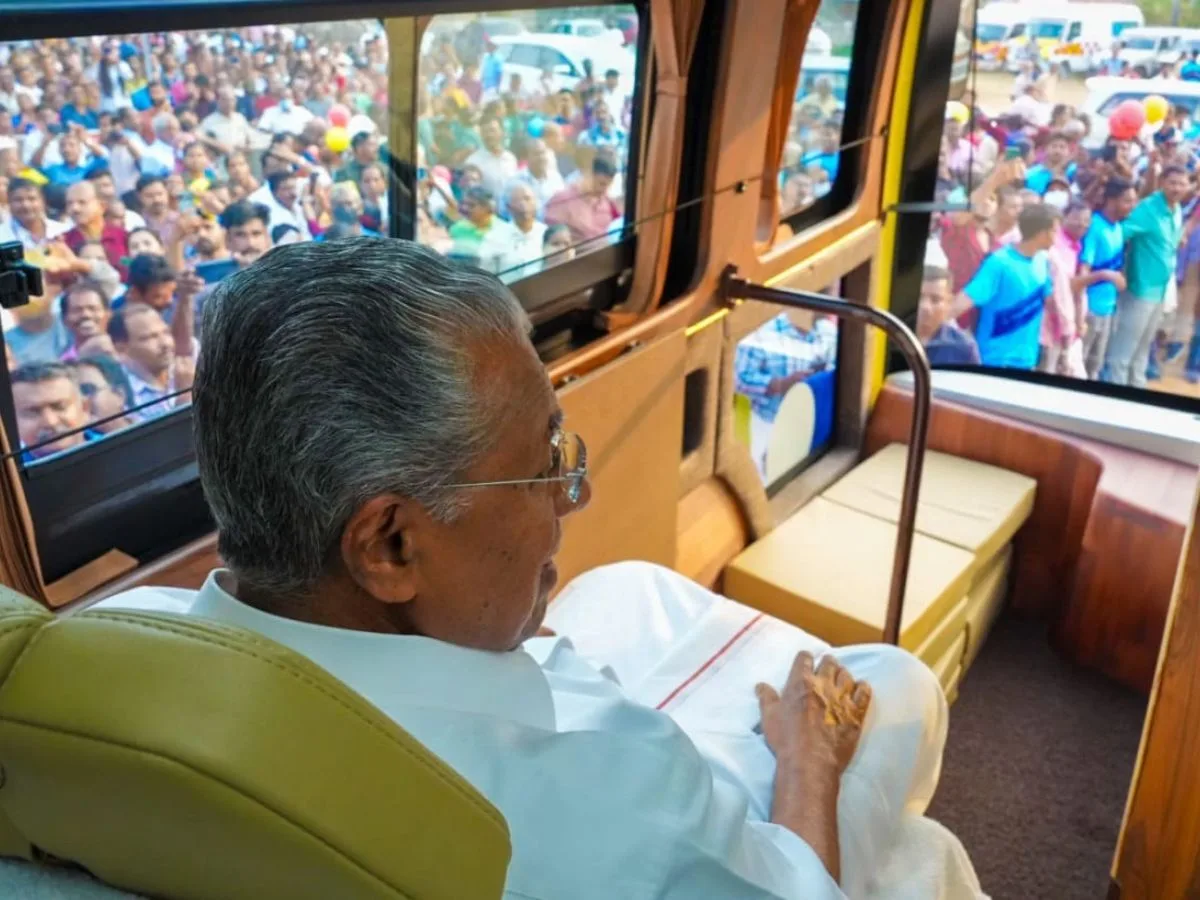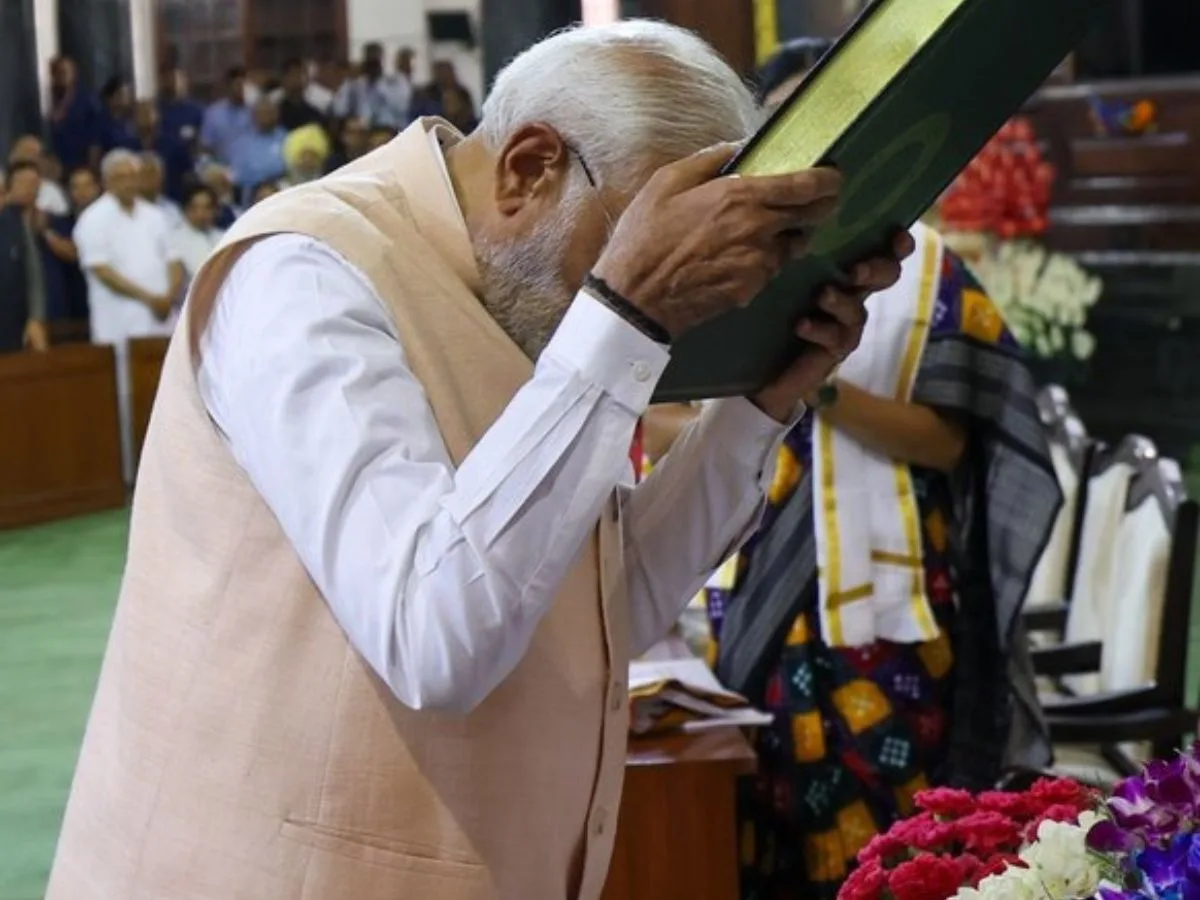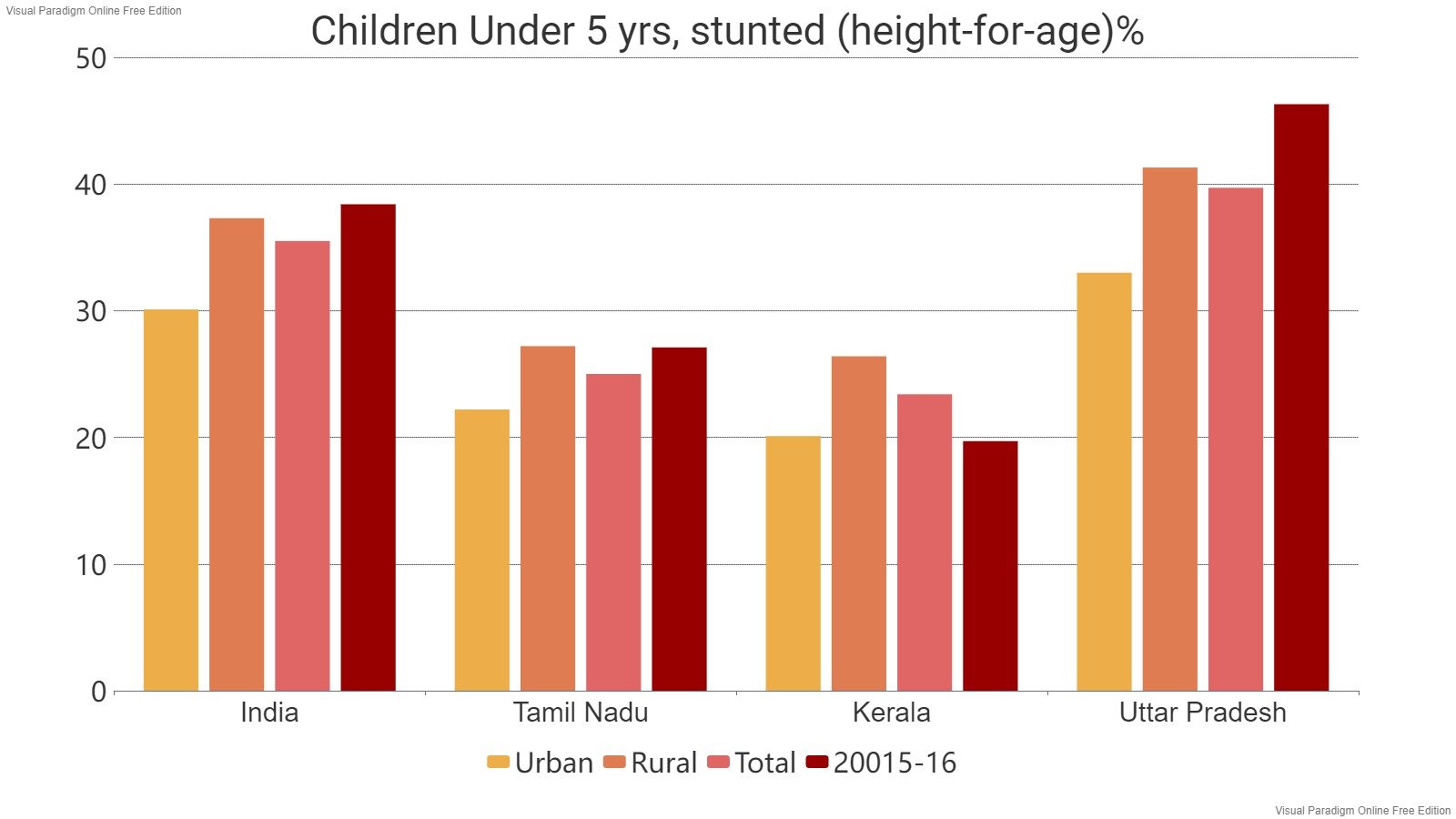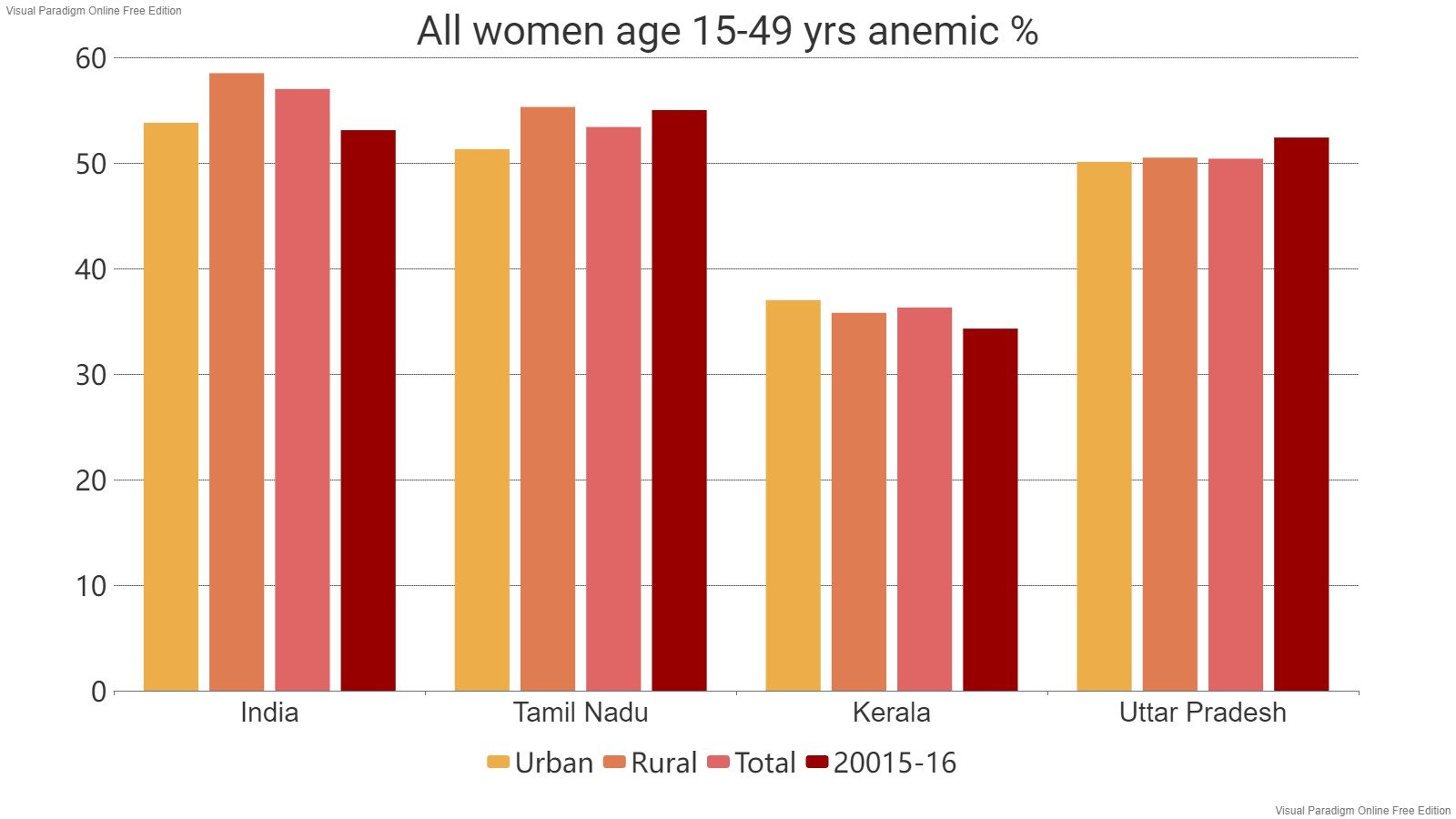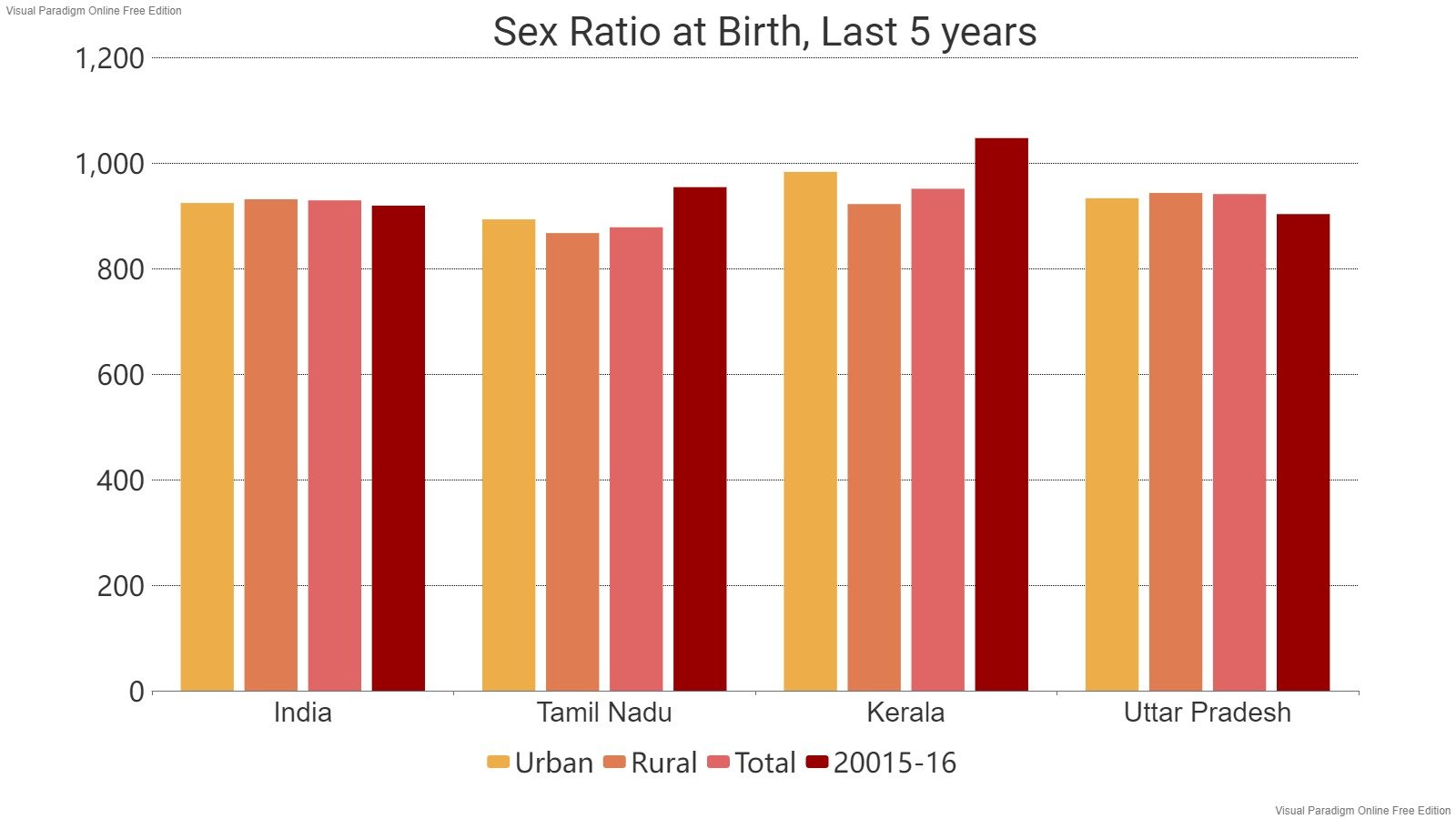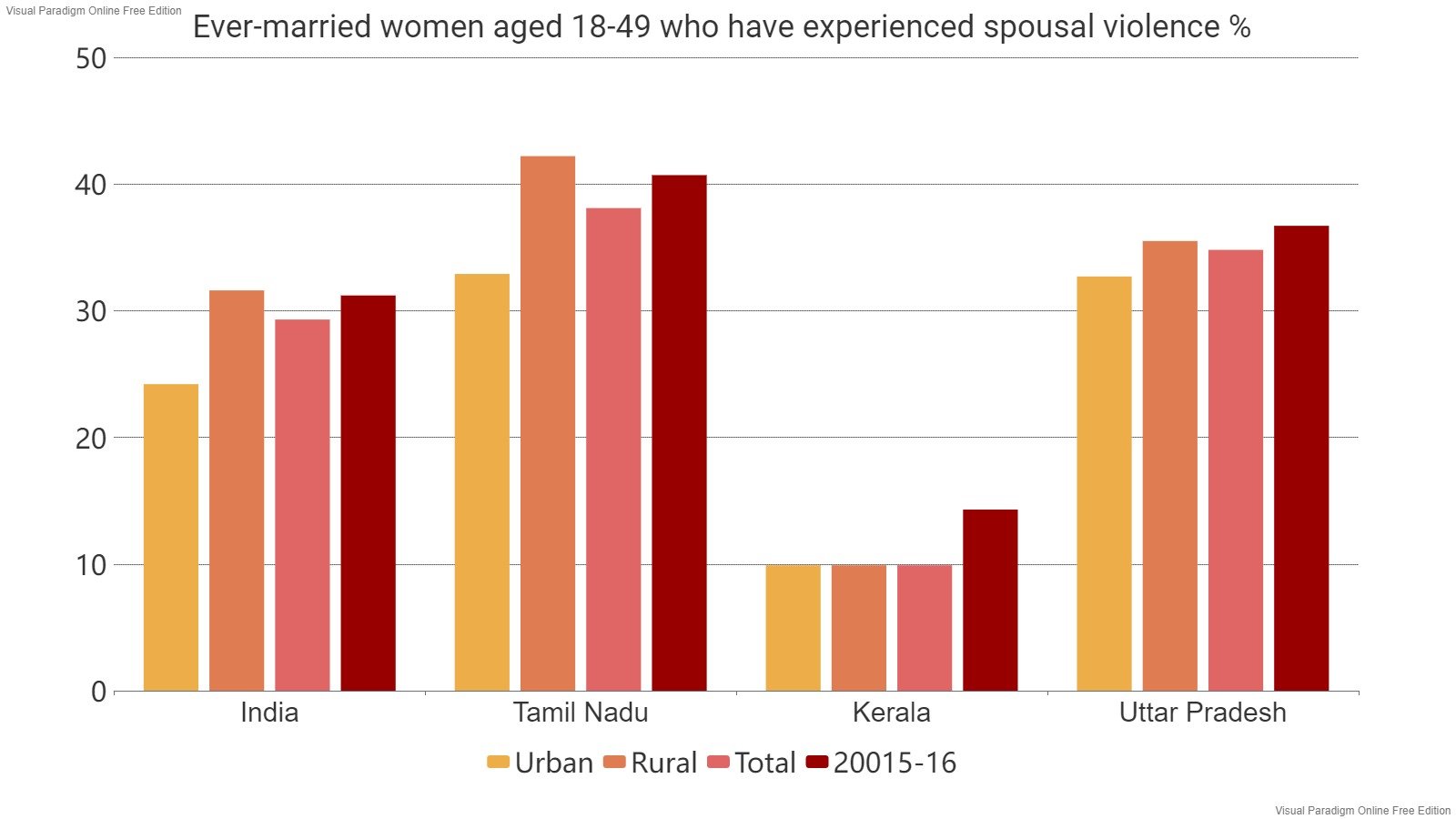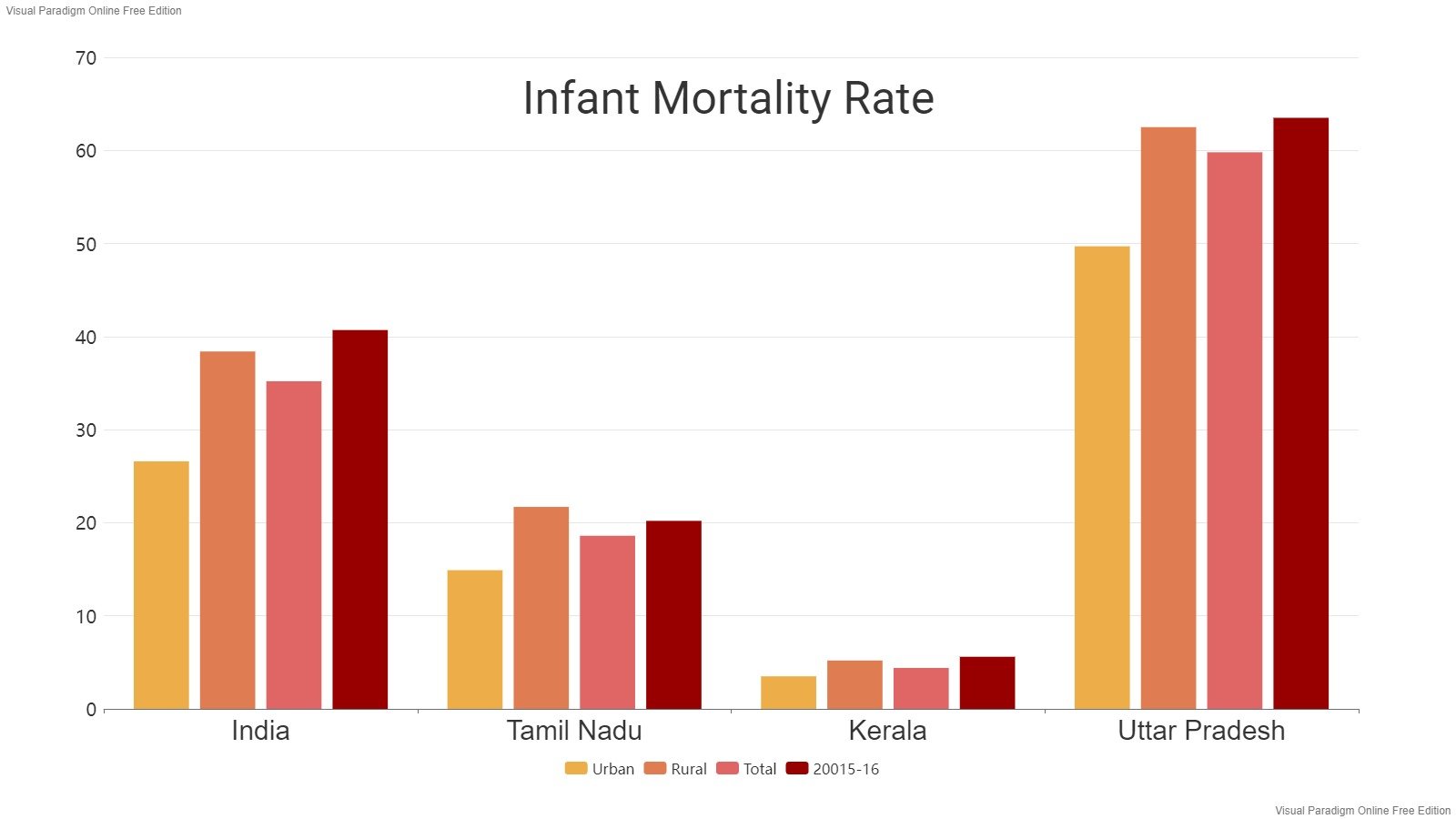Read in : தமிழ்
The Akash Ganga Trust banks on a precious commodity that sells in bottles at Rs.20 a litre in your local store. This not-for-profit organisation has been working to promote harvesting of blue gold for years, led by Sekhar Raghavan. It runs the Rain Centre at Gandhi Nagar,in Adyar, Chennai, where people learn about techniques to save rain water that falls on Chennai each year. Those who take the trouble to learn and follow make a valuable harvest. Dr. Raghavan and his colleagues at Akash Ganga Trust are currently busy implementing a community model of rainwater harvesting (RWH), which promises to double the benefit.
They are putting up 40 community RWH structures in specific locations that encounter major flooding during the rains, and the outcome will be two-fold: flooding is avoided or reduced, while groundwater levels are improved, providing a free resource to surrounding homes.
Dr. Raghavan told Inmathi that the systems have been implemented at a cost of Rs.23,000 per site in 14 places, including Kottur Gardens, Egmore, Valluvar Kottam (Pushpa Nagar slum) and Mylapore Pelathope. The funding has come from Wipro and the Rotary movement, and funds are available for 14 more sites at present. To qualify, the proposed site must have relatively low groundwater level and a record of flooding, he says.
Beyond these 28 locations, part-funding is available to create harvesting facilities in 12 more sites, and communities or new donors can put in 50% of the cost.
The recharge wells which are three feet in diameter and 15 feet deep, are left empty and provided with a 3-inch-thick RCC perforated lid. “Residents should suggest the location in public spaces only, which are prone to flooding and which are free of power cables, Metrowater and sewer lines,” the Akash Ganga scheme stipulates. Moreover, the Greater Chennai Corporation’s Assistant Engineers would have to be on board to see the execution through.
Dr. Raghavan told Inmathi that the systems have been implemented at a cost of Rs.23,000 per site in 14 places, including Kottur Gardens, Egmore, Valluvar Kottam (Pushpa Nagar slum) and Mylapore Pelathope
Why not harvest more, not throw away?
The Akash Ganga model, which is centred around collection, percolation and building up the water table, diverges with the current storm water drain-based approach.

Rainwater harvesting system in Pushpa Nagar, Nungambakkam
Dr. Raghavan believes that flowing water out of the city to the sea is a waste of a precious resource, when it can be partly percolated to the groundwater table, much of the rest stored in new surface-level structures such as artificial wetlands and lakes and the remainder flowed out. The flat sea level landscape of Chennai had several water holding structures that have been built over, without much thought to where the annual rainfall of over 1,000 mm (the average has risen to about 1,400 mm) will flow. With the changed monsoon pattern – of intense rain spells touching 20 cm within a few hours as in 2021 – the ability to hold a lot of water has become even more critical.
There is not much clarity on how the new storm water drain network, being built by the Greater Chennai Corporation in the city core, will handle large volumes of water. The Thiruppugazh Committee report on the issue has not been released by the State government. Will it simply move the water to canals and rivers to ultimately flow out to sea?
Also Read:
TN gears up to harvest monsoon bounty in Cauvery basin
Expert panel for flood in Chennai wanted transparency, but . . .
Be ‘selfish’, harvest
In the absence of the moisture-sapping El Nino effect over the sub-continent in recent years and the abundant rainfall, public interest in water harvesting to augment groundwater has weakened. During 2021, as rains pounded Chennai in November and December, groundwater levels rose to a point that in some places ground floor dwellings encountered ooze from the earth. This was particularly true where there are no spaces for water to flow, and it percolates only locally.
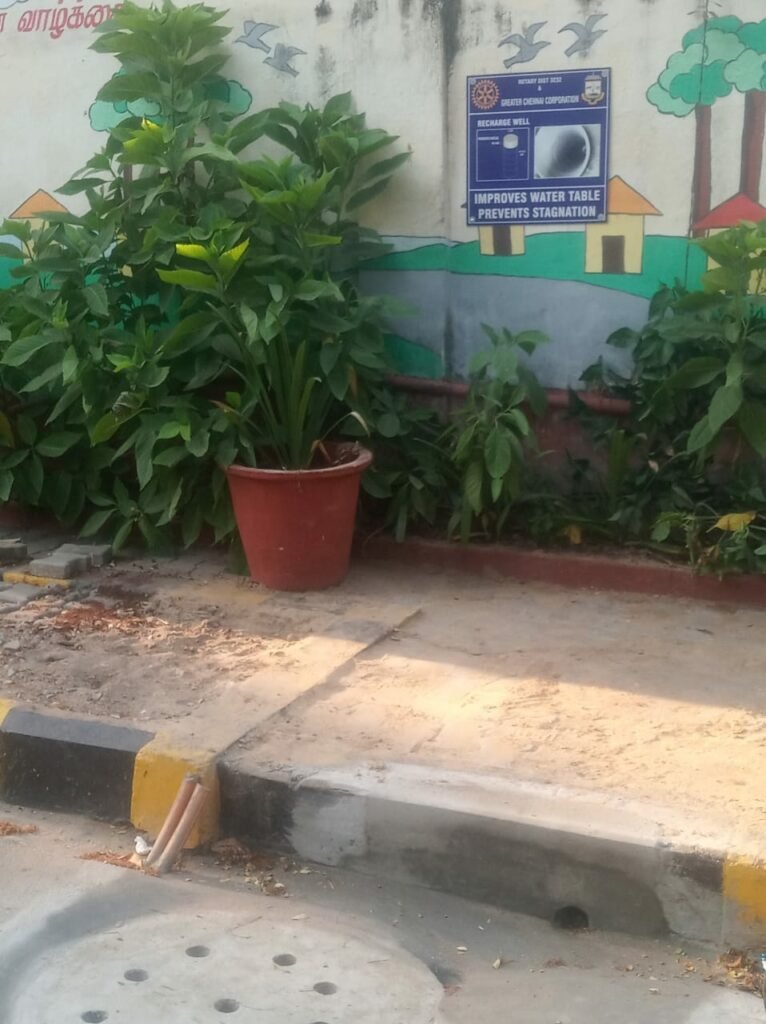
Rainwater harvesting system done at Thiruveedhi Amman Koil street, Mandaveli
Yet, water availability in Chennai follows a “stuffed and starved” cycle, where it is abundant in some years, but hard to find in drought-stricken seasons. The answer is to keep harvesting structures – including new urban wetlands, lakes, open wells – ready, to tap all rain in good years. Chennai’s water reservoirs and lakes are part of an interconnected system that includes similar reservoirs in Kancheepuram and Tiruvallur districts where rivers swell during monsoon.
Before COVID-19 struck, there was steady activity to improve percolation and storage. Using Corporate Social Responsibility (CSR) funds, Akash Ganga Trust built nearly 60 harvesting structures in schools and colleges and a few hospitals. These were funded by companies such as Asian Paints, CAMS, Crompton, Titan and VA Tech Wabag, besides the Rotary Club.
Residents in many areas where large drains are now being built hastily after the 2021 flood events find that the construction work has struck their Metrowater pipelines bringing drinking water and taking out sewage. Some under-construction drains are thus filled with sewage and sullage, with the contractors remaining indifferent to this new crisis.
Water availability in Chennai follows a “stuffed and starved” cycle, where it is abundant in some years, but hard to find in drought-stricken seasons. The answer is to keep harvesting structures ready, to tap all rain in good years
Some residents lament that even where the natural percolation is good, due to sandy soil in the eastern coastal localities, there is unnecessary emphasis on drain construction, which is bound to stop good water from going to the table. It does not help that many residents have paved their surroundings with concrete, preventing rooftop rainwater from percolating. One remedy would be to create percolation pits in such concretised spaces.
After launching the storm drain project, the Greater Chennai Corporation has said it will also turn 50 parks in the city into “sponge parks”, percolating local rainwater. Residents are concerned that the civic body should prevent sewage from percolating into the groundwater table from the storm drains.
What does the future hold? Inevitably, a drought year will arrive, to take the focus away from storm drains to percolation and surface harvesting. As the international water rights advocate Maude Barlow notes in her books (Blue Gold and Blue Covenant), traditional harvesting structures have proved superior to modern purification technologies, and communities are better off when they harvest and preserve natural rainwater. It preserves people’s rights over water.
Read in : தமிழ்



